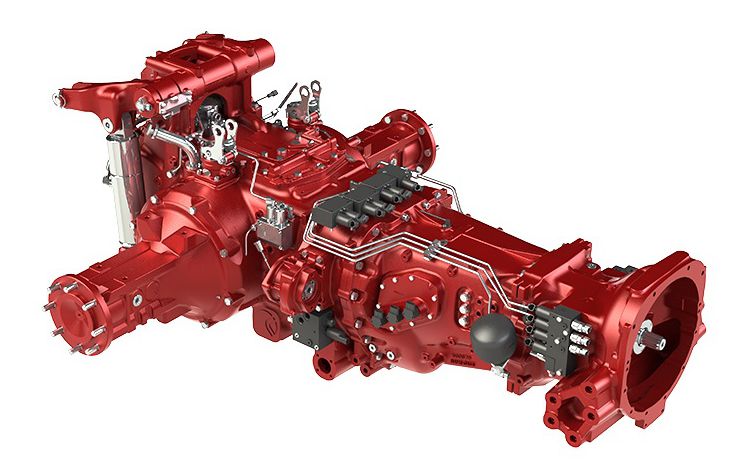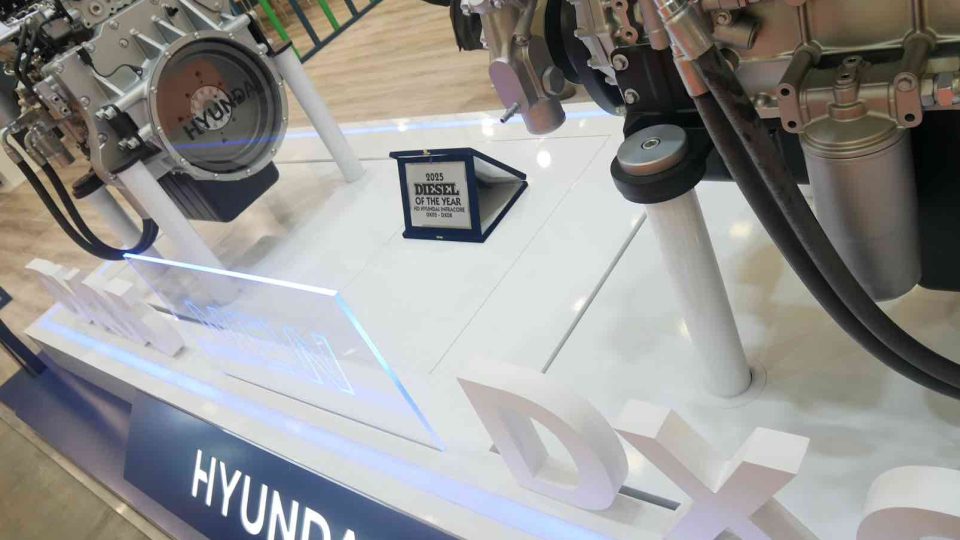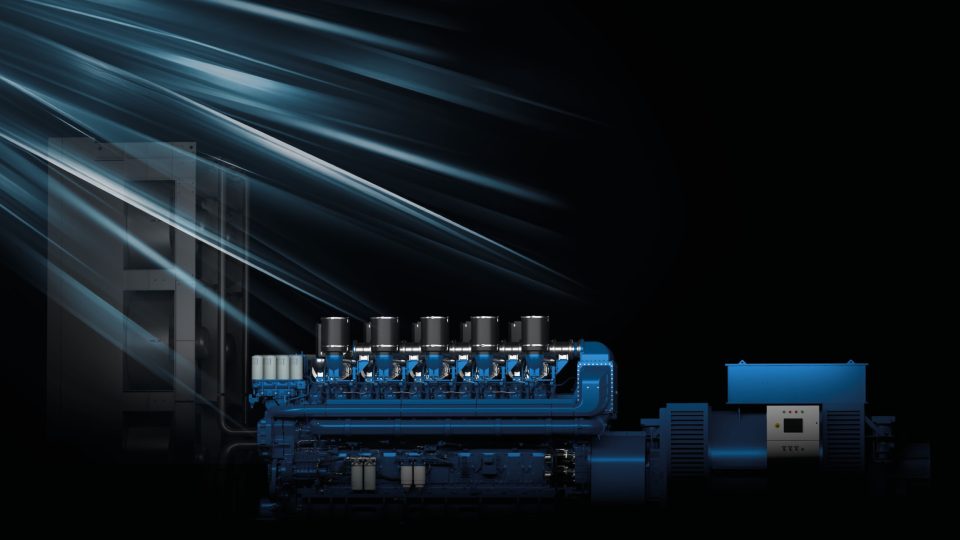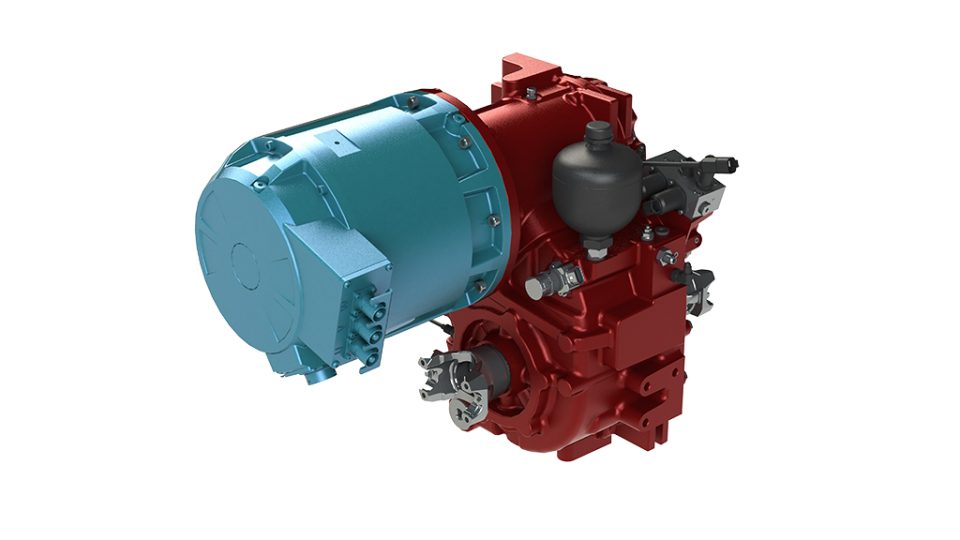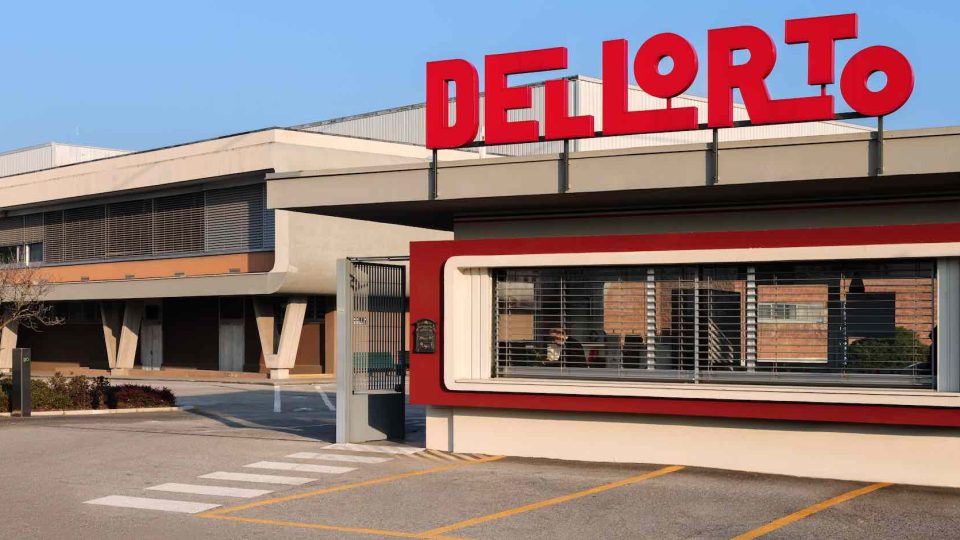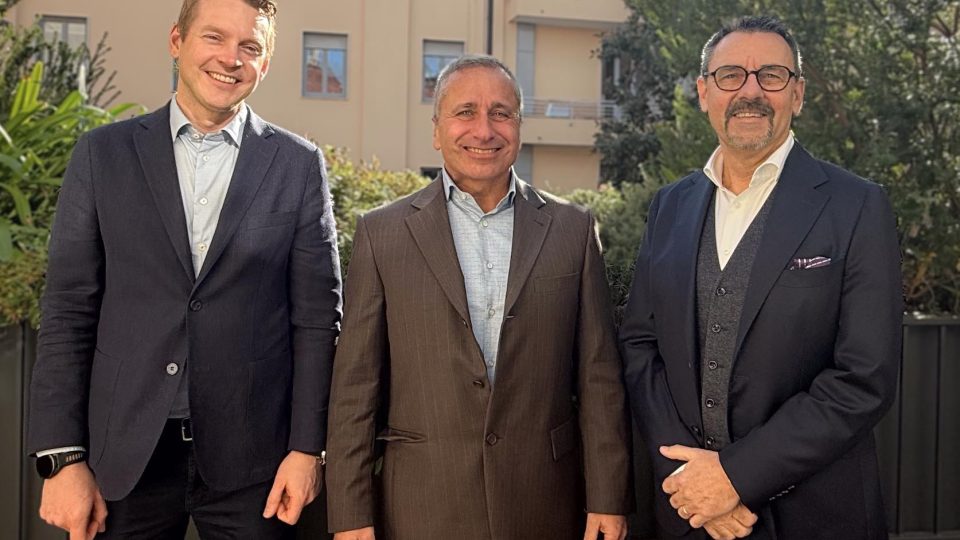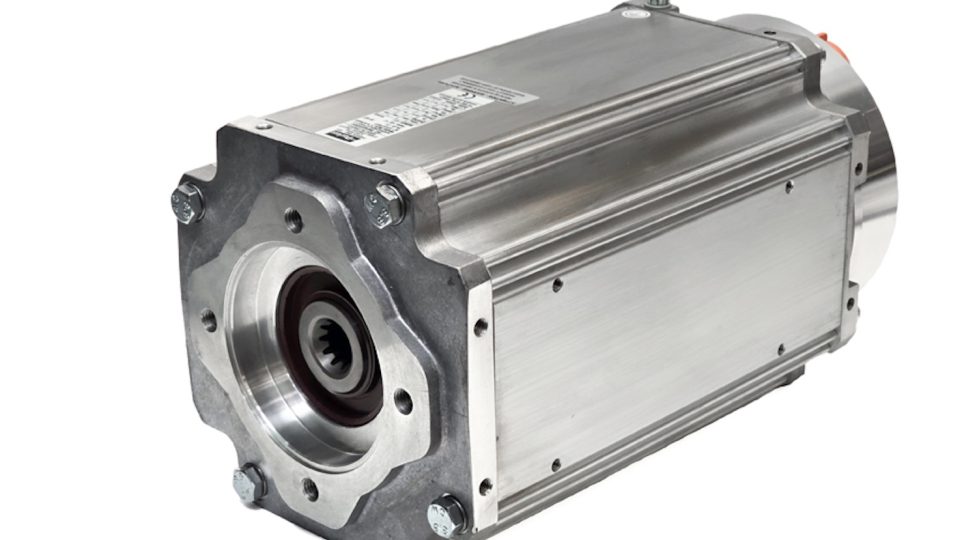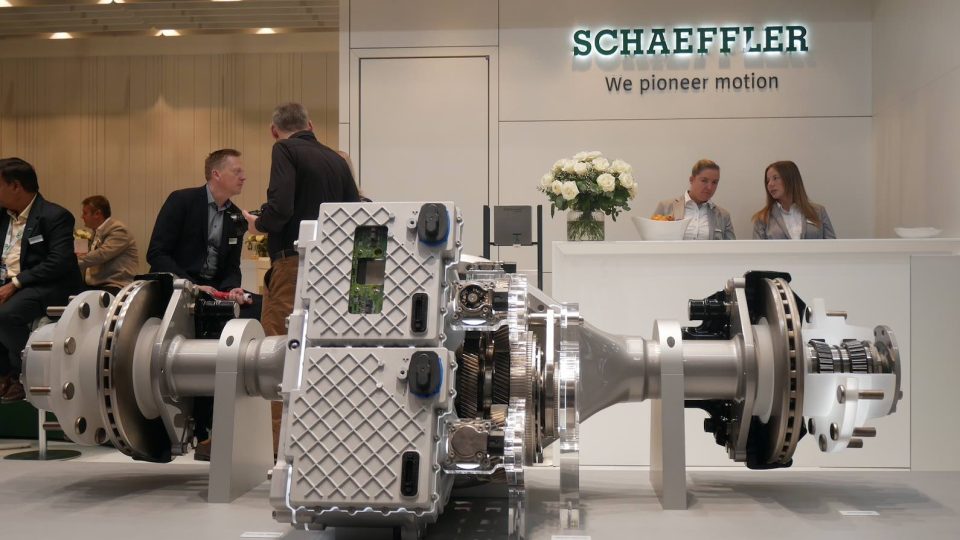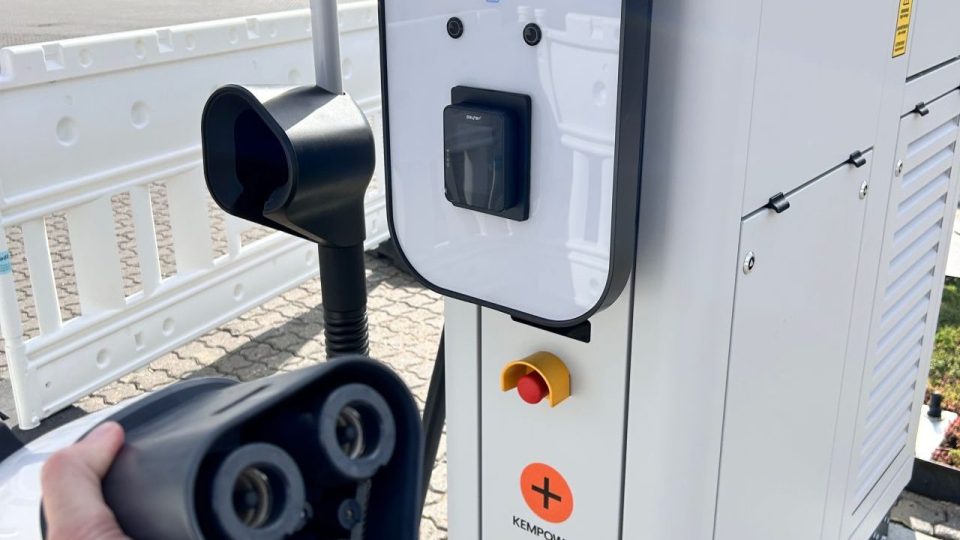BorgWarner at bauma 25. The essence of more
The state of the art of BorgWarner batteries at bauma 25 reported by Bernd Fritsch, responsible for battery systems strategy, business development and circularity. You will find the full report in the July issue of POWERTRAIN International
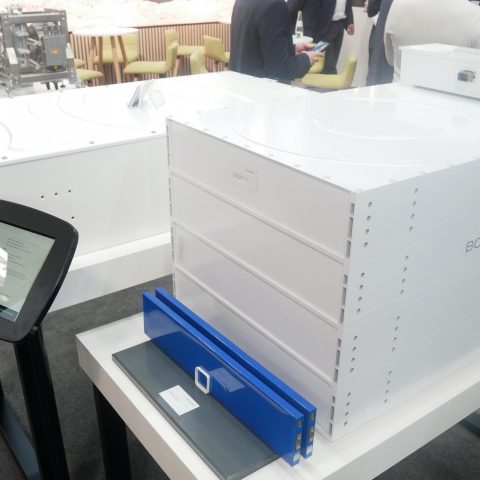
BorgWarner at bauma 25? Let’s take a step back, to the 2022 edition. Three years ago we reported on ultra-high energy battery system, eFan technology and more. During the bauma 25 edition BorgWarner introduced us to his universe in three steps. So, we give you a three-part preview of what we will be publishing in the July issue of POWERTRAIN International magazine. Let’s start with the first one, an excerpt about batteries.
At bauma 25 with Mr Fritsch from BorgWarner
Bernd Fritsch is responsible at Borg Warner for battery systems strategy, business development and circularity. “Our two main products currently rely on NMC technology—nickel, manganese, and cobalt—using 21700-format cylindrical cells. We source the cells from our partners and assemble them into modules ourselves. Each module includes 600 cells, glued on both sides of a central T-shaped cooling profile, which connects to the vehicle’s coolant system and dissipates heat efficiently,” he said.
The importance of management
“On the top and sides of each module, we install what we call CSCs—our own electronics system that connects and monitors each cell. Both the hardware and software for this component are fully developed in-house. These modules are then integrated into complete battery packs. One of our key differentiators is how we adapt to customer requirements—particularly in software. Since each application varies in terms of connections and energy profiles, we offer a standard software package that smaller and mid-sized OEMs can customize with our support.”

Also the BorgWarner Cube pack at bauma 25
“One of our latest solutions is the Cube pack, which stacks four layers of LFP cells and places the electronics box outside the main housing to optimize space. This configuration is particularly suited for truck applications, given its tank-like shape. We also offer a Compact pack with two layers, specifically designed for smaller off-highway vehicles or even eTRAILER applications. When the top two layers are shifted to one side, we get the High pack, well-suited for roof-mounted bus installations. A further variation is the Flat pack, which uses only one layers to achieve a low profile—just 14 cm high—ideal for underfloor installations e.g. in buses. All these pack configurations are based on the same core cell, software, electronics and system architecture, which means OEMs can mix and match form factors within a single vehicle to maximize available space. This scalability and flexibility represent a key differentiator in today’s battery market.”

